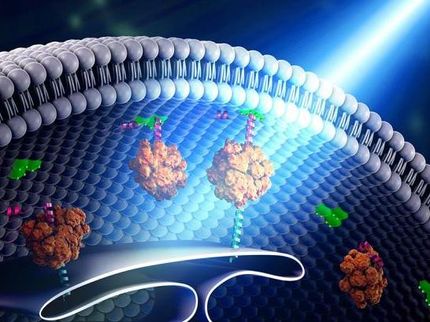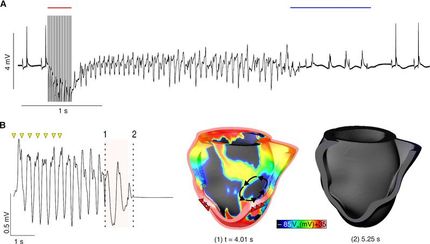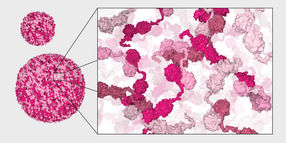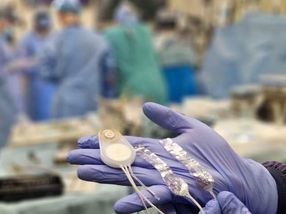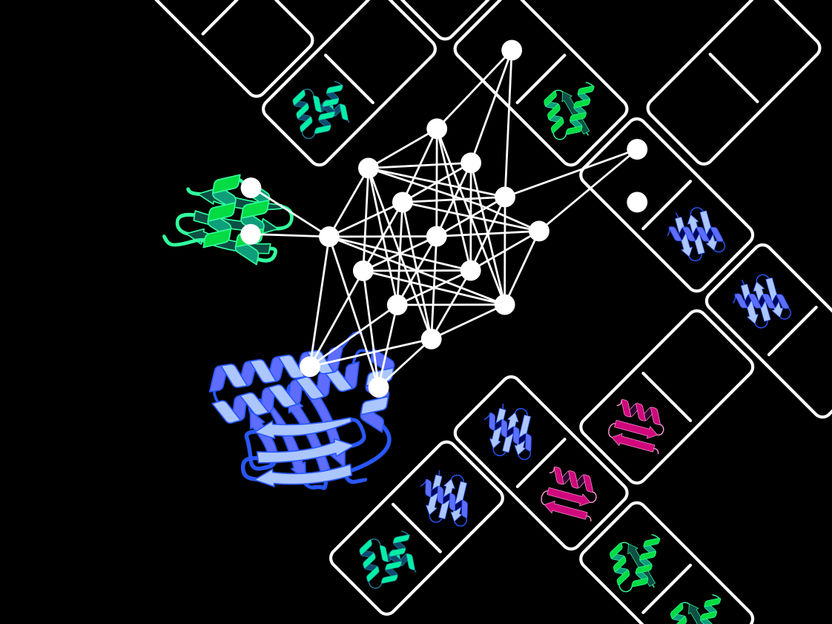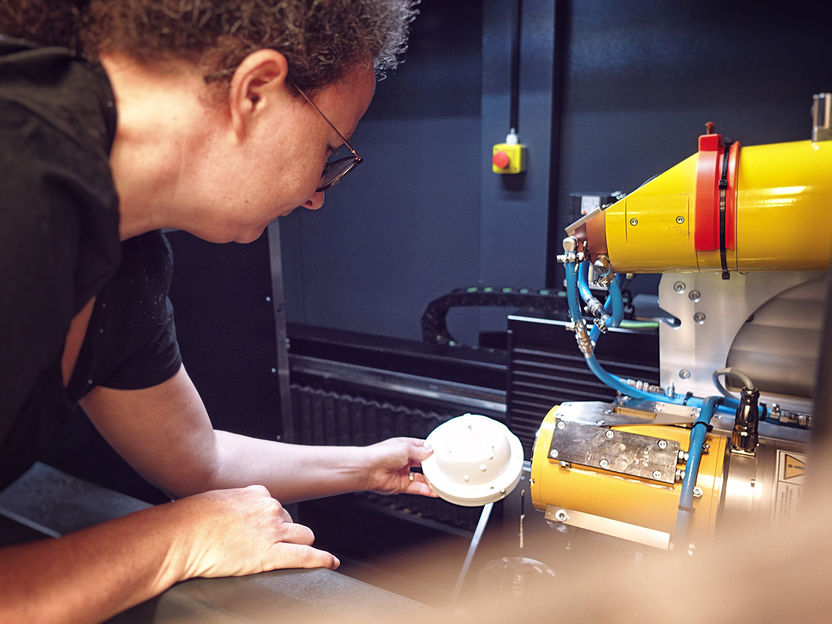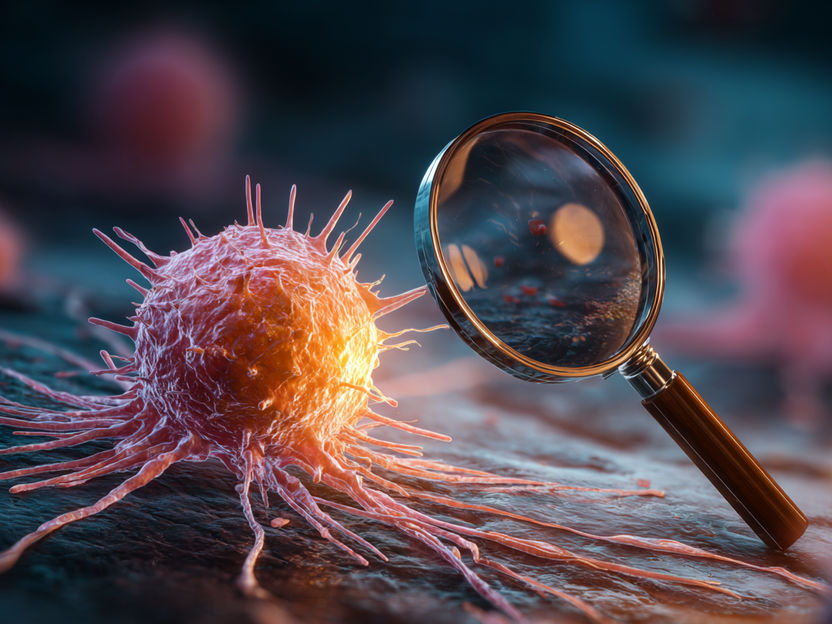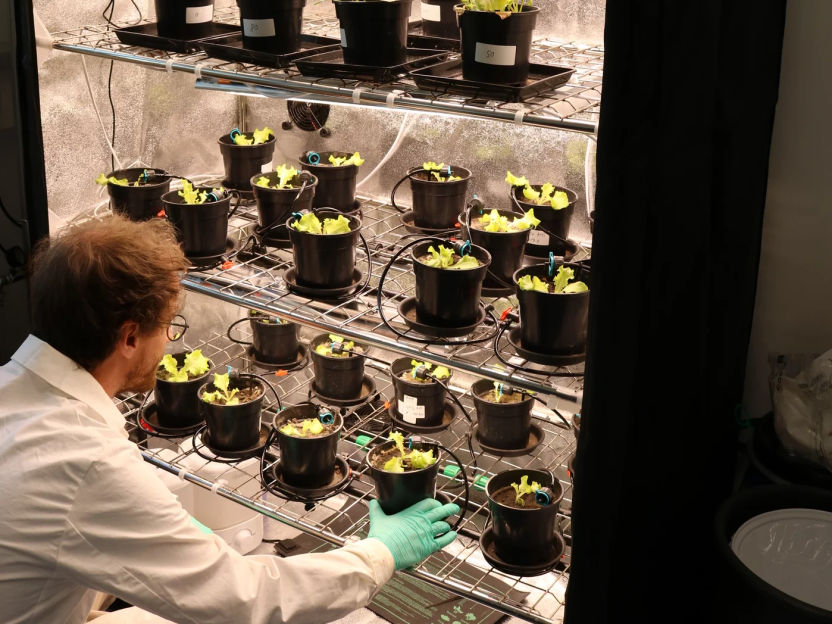Improved “molecular light switch” promises help for blind, deaf and heart patients
A significant advancement in optogenetics
Advertisement
Reliable and gentler control of cellular activity with light: Researchers at the Cluster of Excellence Multiscale Bioimaging (MBExC) and the Else Kröner Fresenius Center for Optogenetic Therapies (EKFZ OT) of the University Medical Center Göttingen (UMG) have developed a light-sensitive protein that can restore vision and hearing and regulate the heart rhythm. The special feature: Even very small light doses are sufficient to operate this “molecular light switch”. This opens up new possibilities for the development of innovative therapies to treat blindness, deafness and cardiac arrhythmia. The results were published in the journal “Nature Biomedical Engineering”.
Optogenetics is a ground-breaking technology that utilizes light-sensitive proteins, known as channelrhodopsins, to precisely control the activity of nerve and muscle cells. The genetic blueprints for these “molecular light switches” are introduced into the target cells via specially designed viral vectors. Cell activity can then be turned on and off by precisely timed light pulses. The field of optogenetics has opened up new possibilities worldwide in basic research, but also for the treatment of diseases. In order to utilize this technology for the development of new treatment options, for example for heart patients, severely hearing- impaired and blind people, both the light-sensitive proteins and the viruses must be optimally adapted to ensure maximum benefit and the required safety for use in humans.
Researchers at the Göttingen Cluster of Excellence Multiscale Bioimaging (MBExC) and the Else Kröner Fresenius Center for Optogenetic Therapies (EKFZ OT) have now described the development and application of a new, particularly promising light-sensitive protein. This new channelrhodopsin developed by Dr. Thomas Mager, research group leader at the Institute for Auditory Neuroscience at the University Medical Center Göttingen (UMG) and colleagues is called “ChReef”. “By specifically modifying the genetic blueprint of this light-activatable protein and among others using robot-based analytical methods, we have succeeded in significantly increasing the efficiency of optogenetic stimulation”, explains Dr. Mager. “This takes us a whole step further towards applicability in humans, to restore vision and hearing and regulate heartbeats”, says Prof. Dr. Tobias Moser, director of the Institute for Auditory Neuroscience at the UMG and spokesperson of MBExC and EKFZ OT.
Promising therapeutic applications of ChReef
In a comprehensive study, researchers at the MBExC and EKFZ OT have evaluated the efficiency of the new chanelrhodopsin and provided evidence for the great potential of ChReef in life sciences and clinical applications.
For example, researchers led by Prof. Dr. Dr. Tobias Brügmann, research group leader at the Department of Cardiovascular Physiology at the UMG, MBExC member and deputy EKFZ OT speaker, were able to show, for example, that the new 'tool' can terminate irregularly beating cardiomyocytes with minimal energy expenditure.
In a further study, led by MBExC member and deputy EKFZ OT speaker Prof. Dr. Emilie Macé, Professor of “Dynamics of Excitable Cell Networks” at the UMG Department of Ophthalmology, the new tool was tested in blind mice through a gene therapy delivered directly to the eyes. A subsequent behavioral test showed that the mice were able to detect differences in brightness on an iPad screen. This type of vision restoration has already been tested in humans in other studies, but with the previously used channelrhodopsins, very strong light sources were required.
Another possible application for ChReef that the authors describe is the optogenetic restoration of hearing through the optogenetic cochlear implant (oCI). This promises a better resolution of different pitches compared to the electrical cochlear implant currently used worldwide for hearing rehabilitation. In the recently published study, the researchers required impressively low light doses for "hearing with light". "With the development of ChReef, we have made a significant step towards clinical application of the optogenetic cochlear implant, as significantly less energy is now required for 'hearing with light'", explains Prof. Moser. "On the one hand, this reduces cell damage caused by light, and on the other hand, the batteries last longer." For human application, it is also relevant that the restoration of hearing with light is also possible in the primate model, as researchers led by Prof. Dr. Marcus Jeschke, head of the research group "Cognitive Hearing in Primates" at the German Primate Center - Leibniz Institute for Primate Research (DPZ) in Göttingen, have shown for the first time. "ChReef represents a significant advancement in optogenetics and offers great potential for basic research as well as therapeutic applications, such as in heart rhythm disorders or the restoration of hearing and vision", adds Dr. Bettina Wolf, postdoctoral researcher at the Institute for Auditory Neuroscience and co-author of the study.
This research project was supported by the Göttingen Excellence Cluster 'Multiscale Bioimaging: from molecular machines to networks of excitable cells' (MBExC) and the Else Kröner Fresenius Center for Optogenetic Therapies (EKFZ OT), which is currently being established and aims to advance the translation of optogenetic therapies into clinical applications. “The development of new methods is closely linked to scientific and planned medical applications here in Göttingen. We learn from each other and can therefore make particularly efficient progress in the development of optogenetic therapies”, emphasizes Prof. Moser the potential of the synergistic collaboration between MBExC and EKFZ OT in Göttingen.
Original publication
Alexey Alekseev, Victoria Hunniford, Maria Zerche, Marcus Jeschke, Fadhel El May, Anna Vavakou, Dominique Siegenthaler, Marc A. Hüser, Svenja M. Kiehn, ... Stuart Trenholm, Emilie Macé, Kathrin Kusch, Tobias Bruegmann, Bettina J. Wolf, Thomas Mager, Tobias Moser; "Efficient and sustained optogenetic control of sensory and cardiac systems"; Nature Biomedical Engineering, 2025-7-28




